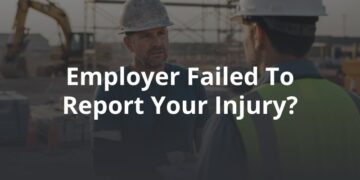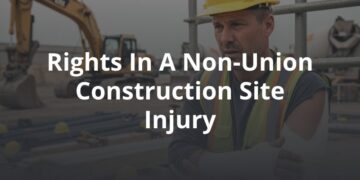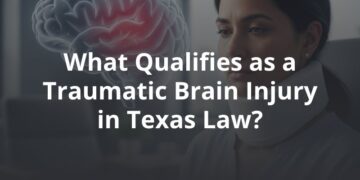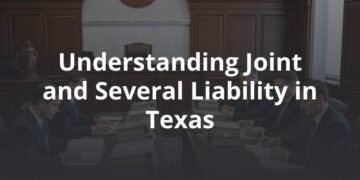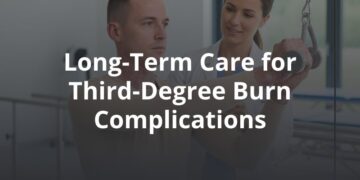After analyzing the Texas Autonomous Vehicle Crash Analysis (2023-2024), we found significant gaps in how AV-related incidents are reported and understood.
Since 2021, the National Highway Traffic Safety Administration (NHTSA) has required manufacturers to report crashes involving autonomous vehicles (AVs) that result in serious injury or death, specifically when the vehicle was operating at Automation Level 2 or higher. These reports must be submitted within one business day. Additionally, manufacturers are asked to provide disengagement reports, which document instances when a human driver had to take control of the vehicle.
While these reporting requirements help provide valuable insights into how AVs perform in real-world conditions, they have unintentionally contributed to gaps in data collection, raising concerns about the completeness and transparency of AV crash reporting.
Limited Scope of Reporting
NHTSA’s reporting requirements focus primarily on serious incidents, such as those involving injury, airbag deployment, or towing, where the AV system was engaged within 30 seconds of the crash. However, the current rules exclude minor crashes or other safety-related events, such as road obstructions caused by AVs or incidents where the vehicle’s autonomous system failed to respond appropriately. These limitations hinder the ability to capture a full picture of AV safety.
For instance, a seemingly minor event—like an AV causing a traffic disruption due to software misinterpretation—would not need to be reported under the current framework. By excluding these events, NHTSA misses critical opportunities to identify patterns that could inform improvements in both technology and safety regulations.
Redactions and Proprietary Concerns
Another significant issue is the ability of AV manufacturers to redact certain details from crash reports, citing “confidential business information.” While this protects proprietary data, it reduces the overall transparency of the reporting system. As a result, the public and regulators are often left with incomplete information, which limits the ability to assess whether AV systems are functioning as intended or if a particular crash was due to system failure, human error, or another factor. This lack of detailed disclosure prevents the identification of potential safety risks and undermines public trust in autonomous technology.
Inconsistencies Across Manufacturers
The AV industry consists of various manufacturers, each with its own approach to autonomous driving systems—such as Tesla’s Autopilot or Waymo’s fully autonomous robotaxis. These systems differ not only in functionality but also in their reporting practices. Without standardized metrics, such as fleet size, miles driven, or common criteria for safety incidents, it becomes difficult to compare safety records across manufacturers.
This inconsistency complicates efforts to create a cohesive regulatory framework for AVs. The lack of uniformity makes it harder to detect patterns, share best practices, or establish benchmarks that could help improve safety standards across the industry.
Lobbying Efforts and Reduced Reporting Requirements
The AV industry has also been active in lobbying for reduced reporting obligations, arguing that detailed crash data could be misinterpreted and hinder innovation. This lobbying effort has influenced the scope of NHTSA’s regulations, leading to less comprehensive data collection.
The industry’s push for reduced oversight has resulted in fewer mandates for detailed reporting, which in turn limits the ability of regulators and the public to fully understand the safety implications of AV technology. Without sufficient data, NHTSA’s ability to assess safety risks or detect emerging patterns of concern is diminished.
The Path Forward: A Need for Transparent, Standardized Reporting
To address these reporting gaps and improve safety oversight, it’s essential for both manufacturers and regulators to adopt a more comprehensive and transparent approach to AV crash data collection. While states like California have made strides in this direction, Texas, as an example, could benefit from more detailed reporting practices.
Since April 1, 2023, Texas requires that its crash reports (Form CR-3) specify whether a vehicle was an “Autonomous Unit” and identify the “Automation Level Engaged” during the crash. However, this report is missing crucial information, such as whether the vehicle issued a takeover request, experienced a system failure, or responded appropriately to road conditions. Without this kind of detailed data, it’s difficult to determine the root causes of accidents, whether they involve system defects, human error, or external factors like sensor failures.
California’s approach provides a useful model. In California, police officers are responsible for gathering initial crash data, while manufacturers are required to submit additional information about the system’s performance. Manufacturers must report collisions within 10 days, and disengagement data must also be provided. These detailed reporting requirements give regulators and the public a clearer picture of how autonomous systems are performing and where improvements are needed. Texas could follow suit by adopting similar requirements, which would help first responders gather more useful information at the scene and ensure a more thorough investigation into each incident.
Building Trust in Autonomous Vehicles
As autonomous vehicles become a bigger part of our roadways, it’s more important than ever to have clear and consistent reporting on their safety and performance. Regulators and manufacturers must work together to fully understand the risks involved.
At FVF Law, we believe that transparency and respect should guide every part of life, especially when it comes to public safety. We’re committed to helping injured Texans understand their legal options and navigate the process with clarity and confidence. If you’ve been injured or lost a loved one in an accident involving an autonomous vehicle, we’re here to help. We know every case is unique, so we take the time to listen and provide the information you need to make the best decisions for your situation. With over 100 years of combined experience, our Austin personal injury attorneys are ready to support you. Contact us for a free, no-pressure consultation. Call (512) 865-5941 today to get started.

